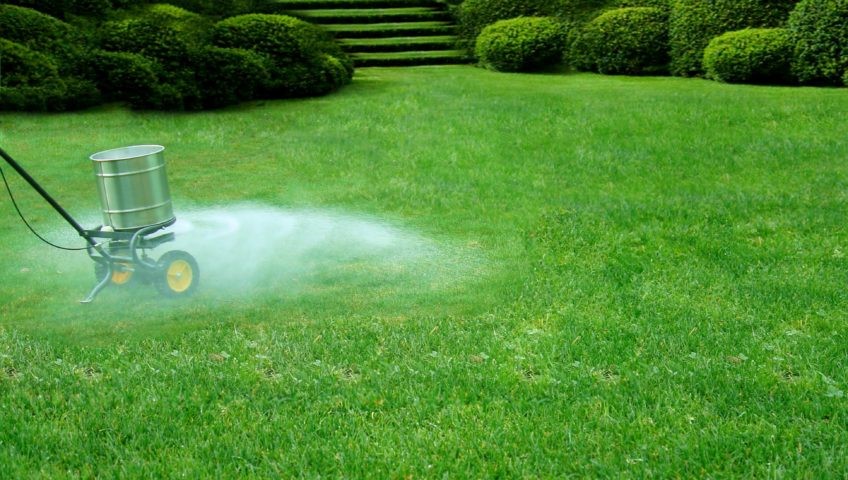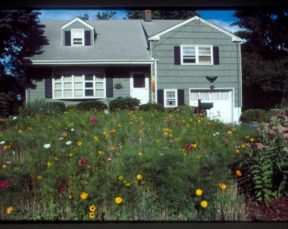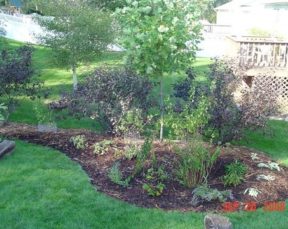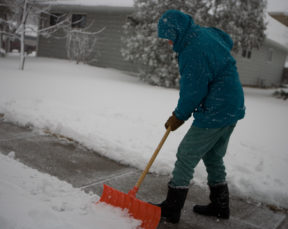Part of our Watershed Friendly Living Series
By Chris Coultas and Nicky Vanech: GSWA Interns, and Hazel England: GSWA Director of Education & Outreach – Land Steward
As the weather gets warmer and flowers start to bloom, many of us are beginning to work on our gardens and lawns. What better way to spend this enforced home time during quarantine than to create an ecofriendly yard? Wouldn’t it feel great to maintain your lawn but also know you’re doing it in a way that benefits the watershed? Follow these tips to learn some things that you can do:
- Be nutrient smart – Good nutrition for healthy growth is something we think about for our bodies every day. We take vitamins, eat healthily and monitor how our body responds through regular health checks, but how can you be nutrient smart in your yard? (CBS2NJ)

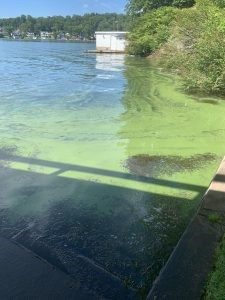
By learning what your soil needs. You can buy a cheap soil test kit for a few dollars and learn which nutrients your grass needs to thrive. The main nutrients for healthy plant growth are Nitrogen, Potassium and Phosphates, or NPK, and each fertilizer will have differing amounts of these key nutrients, depending on its purpose (https://www.thespruce.com/what-does-npk-mean-for-a-fertilizer-2131094). If you purchase a fertilizer based on your soil test results, you are feeding your soil only what it needs and plants can absorb, and the plants that grow in it get just what they need to thrive. Many cooperative extensions will also test your soil for a fee, but it is simple to do yourself. Here is a link to see how- https://www.almanac.com/content/3-simple-diy-soil-tests Over fertilizing can often lead to fertilizer runoff into nearby bodies of water, and lead to issues such as algal blooms- simply adding only what your yard needs helps protect water quality.
- Grass cycling for all!
Instead of bagging your grass trimmings, use them as a free nutrient rich and protective mulch!
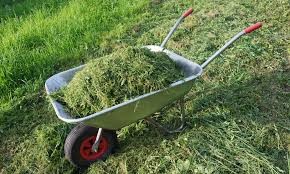

Grass clippings can also be mixed with mulched dried leaves and used as a garden bed mulch. Incorporating grass clippings into ornamental beds, adds valuable organic matter to soils, allowing for a higher concentration of water and air transport into the soil, allowing soils to hold moisture for longer. Try running over a pile of last year’s leaves and gras clippings with a mulching lawnmower with the blade set on high, then spread the resultant mulch mix around your ornamental beds. Cover with a fine layer of top-dressing mulch for a more polished appearance. https://www.gardeningknowhow.com/garden-how-to/mulch/mulching-with-grass-clippings.htm
- Applying fertilizer right before rainfall is a myth!
You wouldn’t throw money directly down the storm drain, why do the same with fertilizer?
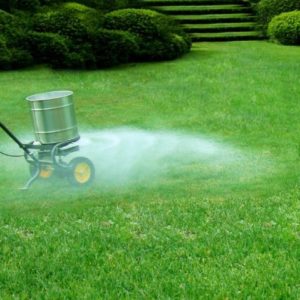

- Mow higher
Keep the buzzcuts for your kid’s hair and allow your lawn to grow it out a little!
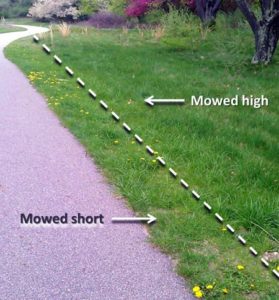

- Create a no mow zone
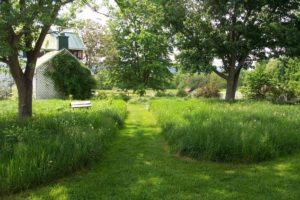

No mow zones also allow for the recovery of native vegetation allowing for an increase in biodiversity. Consider leaving a 3foot wide strip along unseen portions of the yard, snip the weeds out of he grasses over the first few weeks and watch as many native plants will make an appearance, attracting beneficial pollinating species. No mow strips act as valuable buffers between the lawn and bodies of water, filtering pollutants and reducing soil erosion and salt deposition during storms.
- Switch to low maintenance lawn alternatives
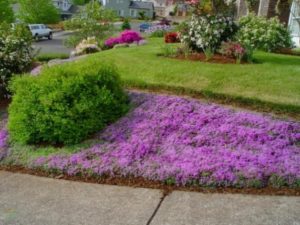

Try taking a portion of your lawn out of grass and into a groundcover but ensure it’s not an aggressive spreader or invasive plant as are many groundcovers such as vinca vine, English ivy and pachysandra. Some environmentally friendly landscape options include native groundcovers such as prairie dropseed, woodland ferns or creeping thyme. These options require very little maintenance and often no mowing, and act to suppress weeds and provide visual interest in a reduced lawn scape. There are several great resources to find the perfect plant to liven up your low maintenance yard. https://grownative.org/native-plant-info/plant-picker/
